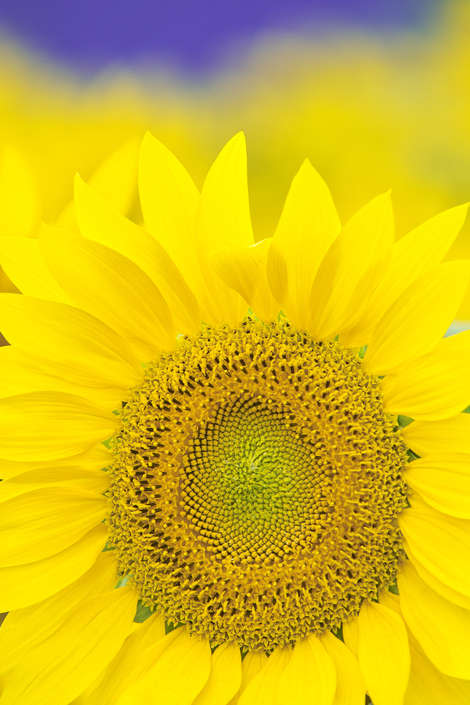PCBs Banned for Decades but Still Lurking in Yellow Consumer Goods

Yellow is associated with smiley faces and sunshine, but consumers might want to be wary of certain products made in this happy-looking color. Polychlorinated biphenyls, a group of chemicals commonly known as PCBs, have been banned in the United States since 1979. However, new research shows that a form called PCB 11 which is found in yellow pigments, commonly used in printing clothing and paper and in paint, is leaching into the air, water, and people's blood streams. "People thought that PCB issues were solved and they could forget about it," lead author of the study Lisa Rodenburg, an associate professor of environmental chemistry at Rutgers, tells Yahoo Shine. "But now we are finding new sources in the environment." The work has undergone peer review and she hopes the team's findings will be published later this year.
More on Yahoo: Hidden Toxins in Your Home
While PCBs are one of the most widely studied chemical toxins, some forms, including PCB-11, have been considered relatively safe because they are metabolized far more quickly in the body than others. But, Rodenburg says the research isn't there to determine their toxicity. "They could be as toxic, more toxic, we just don't know." The chemical is not subject to the same regulations as the banned forms of the compound because of a loophole that allows the pigment industry an exemption for its unintentional production as a byproduct of the manufacturing process-in particular, diarylide yellow. An EPA spokesperson confirmed to Scientific American that, "some products, pigments and dyes, contain inadvertently generated PCBs" and added that the health risks are currently under review by the agency. The older, illegal PCBs were found to cause cancer and damage the immune system, reproductive function, and neurological system, among other ill effects.
More on Yahoo: Beijing Issues a Rare Air Pollution Alert
Rodenburg was first alerted to the PCB 11 issue about six years ago while testing the water in the Delaware River Basin as part of an assessment required by the Clean Water Act. "We were using a [sensitive] new method developed by the EPA and kept wondering where all these PCBs were coming from," she says. Meanwhile, a colleague was finding "huge loads" coming out of a sewage treatment plant near the New York/New Jersey Harbor. What they determined was that PCB 11 was coming from yellow pigments both being manufactured and disposed of around those waterways. Other studies have found PCB 11 the blood of children and their mothers in rural Iowa and in air samples around elementary schools in Chicago. Now, much of the pigment manufacturing and printing happens Asia, but people in the US can be exposed to the chemical through touching it, breathing it in, or ingesting it according to a 2010 study from the University of Iowa.
For the current study, Rodenburg and other researchers tested readily available consumer goods for the chemical. They found PCB 11 in all 16 pieces of yellow-printed clothing, mainly children's items, evaluated. They also found it in all 28 ink-treated paper samples, including maps, glossy magazine advertisements, postcards, and colored newsprint, that were manufactured abroad. It was in 15 out of 18 US-manufactured paper goods tested. According to other research, it is also present in yellow paint.
To avoid exposure through clothing, Rodenburg says you can look at the flip side of a piece of fabric to see if its printed or dyed-dyed items pose less of a risk. A mother of three, she adds that she washes any new yellow-printed clothing a few times in hot water before giving it to her children. "Paper products are a bigger problem," she says. At this point, there is no good substitute for yellow 12, the pigment used in ink. She hopes that, at a minimum, ink producers will lower the load in their formulas while we wait for more research to come out the potential harmful health effects of PCB 11.
More on Yahoo Shine:
The Worst Household Cleaners For Your Health
